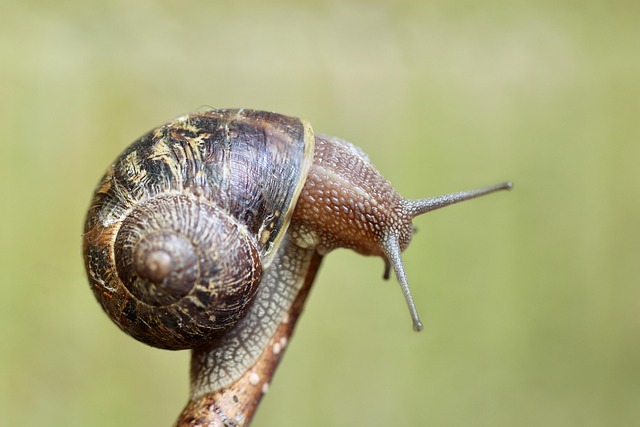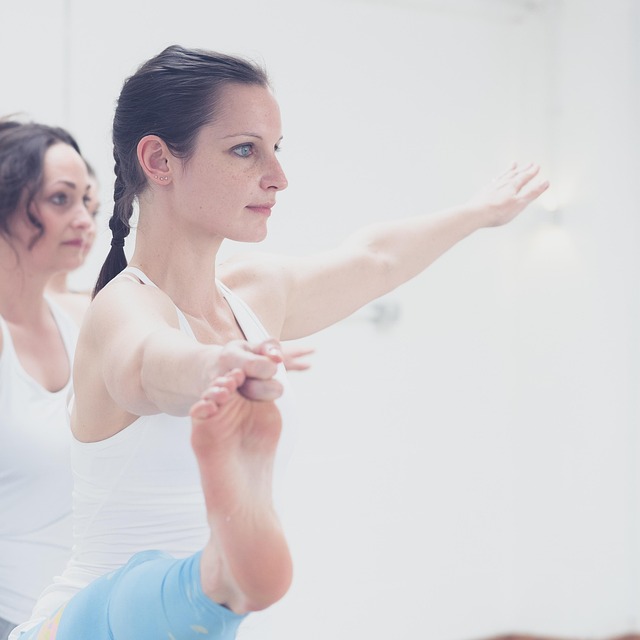When diving into the world of photography, one of the most crucial elements to comprehend is sensor size. It plays a pivotal role in how we capture images, influencing everything from exposure to depth of field. For those who feel an emotional connection to their craft, understanding sensor size becomes essential to unlocking the full potential of your camera.
At its core, the sensor size relates to the physical dimensions of the imaging chip in a digital camera. Larger sensors, such as full-frame sensors, feature superior light-gathering capabilities compared to their smaller counterparts, like cropped sensors. This directly impacts exposure, allowing photographers to shoot in lower light conditions without introducing significant noise into the image.
Imagine the thrill of capturing that perfect moment during golden hour. The soft sun casting its warm glow against a backdrop of natural beauty. With a larger sensor, you can maintain more detail in the highlights and shadows, producing a balanced and breathtaking exposure. This can transform an ordinary photo into an extraordinary piece of art.
The interaction between optics and sensor size further complicates the picture. Different lenses interact uniquely with various sensor sizes, affecting focus, distortion, and even color rendition. For instance, a wide-angle lens on a full-frame sensor gives you a dramatic perspective, ideal for landscape photography. In contrast, the same lens on a smaller sensor would create a crop effect, limiting the expansive view you might seek.
Photographers also often find themselves assessing depth of field through the lens of sensor size. Larger sensors inherently provide a shallower depth of field, which is highly desirable for portrait enthusiasts who wish to create that beautiful bokeh effect. This characteristic allows for crisp subjects against softly blurred backgrounds, making your subject truly pop.
Exposure settings can also be manipulated more effectively when you consider sensor size. Larger sensors typically allow for a higher dynamic range, giving photographers the ability to capture intricate details in both the shadows and highlights. Your exposure triangle—shutter speed, aperture, and ISO—can be adjusted with more freedom when working with a larger sensor, allowing for creative experimentation. Think of the artistic possibilities when you can push your settings without fear of degradation in quality!
Understanding sensor size isn’t just a technical necessity; it can be the difference between an ordinary photo and one that evokes powerful emotions. As you familiarize yourself with these concepts, pay attention to how they align with your vision and style. Whether you’re capturing the grandeur of landscapes, the hustle of urban life, or the intimate moments between loved ones, sensor size offers you a vital tool in your quest for the perfect exposure. Your journey to mastering this element will undoubtedly elevate your photography to new heights.



